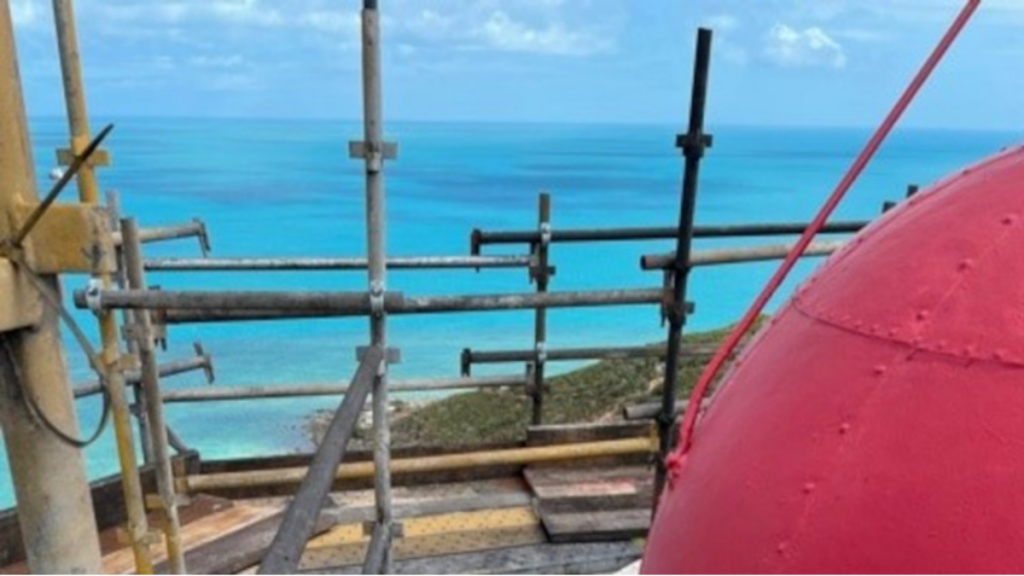Any painter will tell you that the quality of your next metal paint job depends on two things. The first is the type of paint you’re using and the second is how well the surface is prepared.
With this in mind, many Australians make use of an abrasive blasting service to smooth out a metal surface before painting. What is abrasive blasting and what surfaces will benefit from its application? Keep reading to find out.
What is Abrasive Blasting?
The term abrasive blasting, often also called sandblasting, refers to the process where abrasive materials such as glass beads, acrylic, fine sand or even steel grit are forcibly propelled—hence the term “blasting”—to the surface of an object.
The scuffing from these harsh materials then cleans off any imperfections on the surface. Common materials to remove with sandblasting include:
- Rust
- Grime
- Oil
- Old paint
Which Surfaces are More Commonly Sandblasted?
Sandblasting is an excellent way to clean and smooth many objects that need to be painted or coated. The most common surfaces to clean this way are:
- Stone
- Metal
- Brick
- Concrete
Since the abrasive materials you’re using create a smooth surface, it’s an effective way to remove old paint. The only criterion of whether a surface can be sandblasted is that it must be able to hold up to the intense abrading force of sandblasting.
This makes it ideal in heavy metal sectors where industrial protective coating is often the easiest way to prepare surfaces for painting. In a residential setting, you could use sandblasting to take away the welding slag on steel items such as:
- Palisade fencing
- Gates
- Security doors
- Burglar bars
Why Many Regard Abrasive Blasting a Must
There are various benefits to performing abrasive blasting on a surface before painting. We’ve listed the most significant.
1. Most Effective Way to Prepare a Surface for Coating
Whether you’re building new metal objects or simply repurposing old gates or fences, sandblasting is the most effective way to remove old paint and impurities. Abrasive blasting will also create a smooth surface.
This type of treatment is highly effective for items that are covered in oil or rust. Scuffing (blasting) the surface is excellent as a pre-treatment for both powder and liquid coating. This is because the blasting process creates increased adhesion.
2. Abrasive Blasting is Quick
Without the sandblasting process, you’ll have to manually sand the item you’re working on. A manual process may involve intensive preparations that require harsh chemicals and scrubbing. Since a manual process is extremely labour intensive, it can delay the completion of your project.
Sandblasting, however, is quick and easy. The sandblaster can be operated by one person, so you won’t have additional labour costs. Once the process is complete, cleaning up is equally simple.
Additionally, many sandblasting materials, such as glass beads, can be reused. This means there will also be less wastage and minimal cost of materials. In contrast, the manual process requires large amounts of sandpaper which can’t be reused once it’s worn.
3. Sandblasting is Considerably Safer
Since most professional abrasive blasting services make use of non-toxic materials, there is no risk of becoming ill as a result of exposure to these materials. The manual process, on the other hand, may require chemicals such as paint stripper. To remove oil, you may need to use a degreaser. Both these chemicals can be harmful if the fumes are regularly inhaled.
While sandblasting produces some dust, this challenge can be overcome by wearing protective gear and working in a ventilated area.
4. A More Cost-Effective Process
During the sandblasting process, all that’s needed is the actual sandblaster and the abrasive materials. This is considerably cheaper than the chemicals, sandpaper, scrubbing and manual sanding materials you need for the manual process.
While there are other alternatives to sandblasting such as laser cleaning, abrasive blasting is by far the most cost-effective.
5. Is Sandblasting a DIY Job?
While sandblasting is a simple process, it’s always best to avoid a DIY job. This is because a professional will be able to advise you on the best type of sandblasting for the surface you want to prepare.
Different types of abrasive blasting are:
- Steel blasting
- Water blasting
- Garnet blasting
- Sand blasting
Be sure to tell the sandblasting professional what you’d like to do with the metal item once the point, oil or rust is stripped off. This will make it easier for them to suggest the most effective type of abrasive blasting to opt for.
Final Thoughts
Abrasive blasting should always be the first item on your to-do list when you’re planning to coat a metal surface.
Ideally, you should speak to a professional to ensure that the type of metal you want to clean can in fact be sandblasted—especially if you’re repurposing a previously painted item.
The smooth surface you get afterwards will ensure that you have perfect adhesion!




